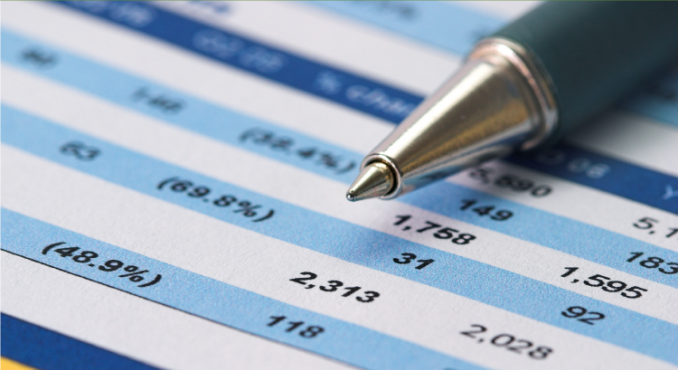Stock Market Investing Analyzing Financial Statements
Post on: 12 Апрель, 2015 No Comment

If sales are rising buy profit isn’t going up proportionately, look out. The company may be slashing prices out of desperation.
If a company’s earnings are going up faster than sales, it might be due to creative accounting. Now really look out.
The ratio of price-per-share to sales-per-share for the S&P 500 is currently about 1.7 times sales. Some experts believe that if this ratio falls below .5 for a profitable company, then the stock is a bargain, others say under 1.0 or under 1.2. Take your pick.
But growing companies with fat profit margins can consistently trade at over 10 times sales. Yahoo, in 1999, traded at 1,200 times sales, and it had never yet made a profit!
Take a look at net income to total capital from the balance sheet, called return on capital or ROC. This is a good gauge of earnings stability.
Operating cash flow is generally considered to be profits before interest, taxes, depreciation, and amortization (such as writing off leased assets) and is called EBITDA.
The Golden Piggy Bank Page 104 You want this number to be at least 20% greater than the net income figure. In 2000, the top 100 gaining stocks had a cash flow number over 60% greater than net income.
Statement of Cash Flow
Now required by the SEC, this tells investors about the increases and decreases in assets and liabilities, which have a direct effect on cash in the bank.
You can get a feel for where the income came from, and where it went. Not all earnings come from a company’s everyday sales. This statement will show activities such as investments or sales of fixed assets such as a plant. Negative cash flow is bad.
The Balance Sheet
Debt is the money that a company owes for long-term financing, either from traditional lenders or from the sale of corporate bonds.
Compare debt to total capital (equity). Too much debt is risky, since a slowdown in sales could threaten a company’s ability to pay its obligations.
Many experts say that over 50% is too much. But you must look further to see what the debt has been used for. If the money was used for earnings-producing plant and equipment – good. If it was used for corporate perks, such as the millions to WorldCom’s CEO for such things as a lavish $15 million penthouse – bad.
There are dozens of ratios, such as the “current ratio” (current assets to current liabilities) that bankers use to evaluate the financial health of a company. I am intentionally skipping these because experience has taught me that they are mostly a waste of time.
When comparing the sales of a retailer or restaurant chain, be sure to use “same-store” comparisons, ones that have been open at least a year. Dividing the company’s earnings by the number of stores will give you an idea of the profitability of each unit.














